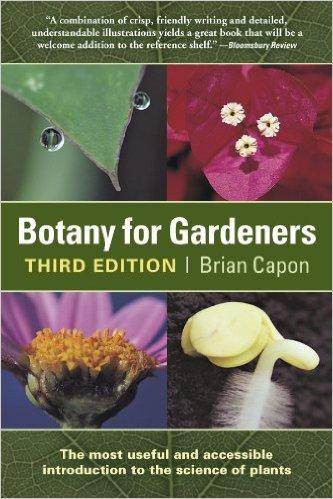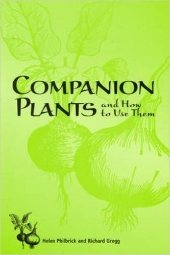image from amazon.com
Summary
Botany for Gardeners offers a clear explanation of how plants grow. What happens inside a seed after it is planted? How are plants structured? How do plants adapt to their environment? How is water transported from soil to leaves? Why are minerals, air, and light important for healthy plant growth? How do plants reproduce? The answers to these and other questions about complex plant processes, written in everyday language, allow gardeners and horticulturists to understand plants "from the plant's point of view."
A bestseller since its debut in 1990, this indispensable and handy reference has now been expanded and updated to include an appendix on plant taxonomy and a comprehensive index. Two dozen new photos and illustrations make this new edition even richer with information. Its convenient paperback format makes it easy to carry and access, whether you are in or out of the garden. An essential overview of the science behind plants for beginning and advanced gardeners alike.
Available from
amazon.com
amazon.co.uk
amazon.ca
amazon.com.au
timber press
Related Video















